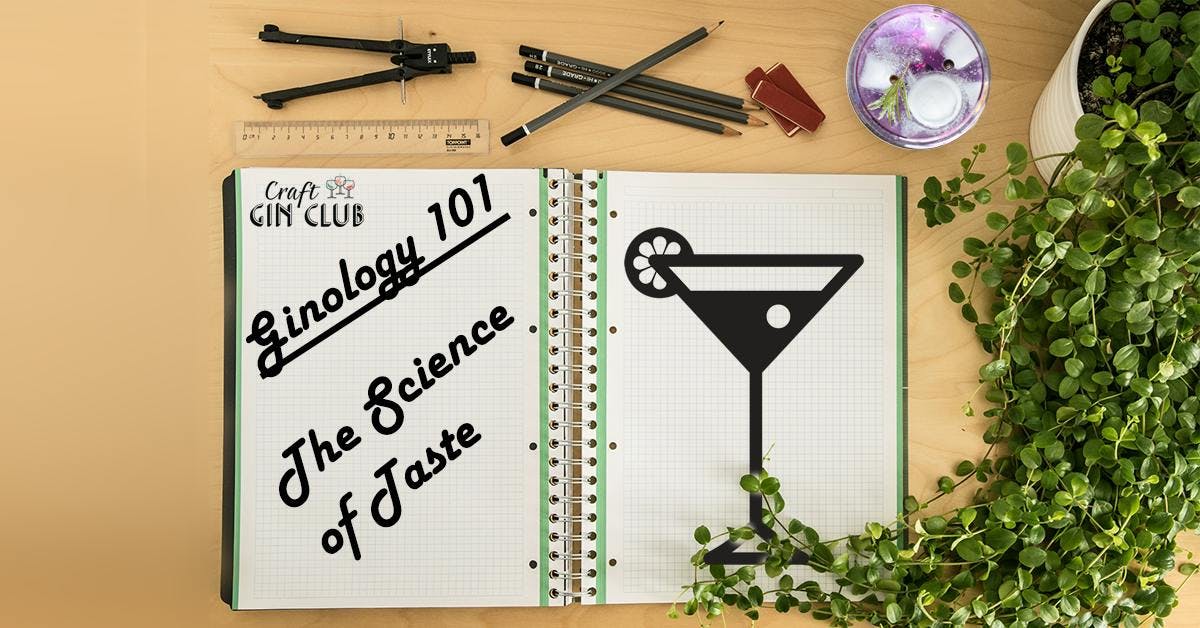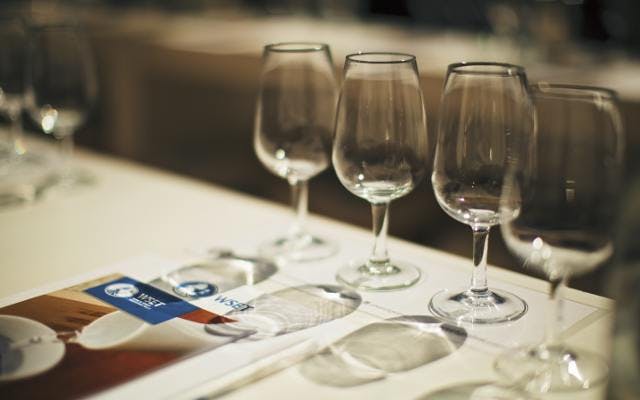
An introduction to flavour in 5 easy steps
From distillation techniques to botanical choices, so much can affect how a gin tastes. Here Liam Scandrett of the Wine & Spirit Education Trust breaks down the flavour factor.
The base spirit
As almost all gin (in the EU at least) is made from a highly rectified spirit of 95 or 96% ABV, the raw material is really of little significance when it comes to flavour. The whole point with gin is to produce a ‘blank canvas’ spirit, as it’s definitive taste comes from the way in which it is flavoured once it has been produced.
Will Lowe, Master Distiller of The Cambridge Distillery and WSET Certified Spirits Educator, explains it like this: “Think of a rum or whisky producer as a sculptor, carefully chipping away at a raw material over years with various techniques to produce their spirit. The gin distiller is like a painter, taking a blank canvas and using a set of tools and a palette of different botanicals to make their mark on that canvas.”
The Botanicals
The primary drivers of flavour in gin are the botanicals. Not only which ones, but also in what proportions and using what methods. Here are a few of the most important, found in many gins on the market.
Juniper – Legally the only botanical that must be included, juniper berries give gin its characterful and invigorating pine-like quality.
Coriander Seed – Present in most gins, coriander seeds add spicy notes, and depending on its source, sometimes peppery notes like ginger or sage.
Angelica Root – Angelica root has a musky, earthy aroma, reminiscent of walking through a dry wood.
Citrus Peels – Whether lemon, lime, grapefruit, pomelo, bergamot, sweet orange, bitter orange… the chosen peel will lend itself to the other botanicals, adding a zesty complexity.
Cinnamon and Cassia Bark – Sweet botanicals like these, or liquorice root, balance out more bitter, floral or earthy botanicals. If a sweet botanical isn’t used, the resulting liquid would likely be undrinkable without additional sweeteners, which is illegal in distilled London Dry Gins.
The Recipe
The exact proportions of each botanical used are critical, and distillers measure out ingredients very precisely. Some botanicals produce so much flavour they can be overwhelming, so are used in small proportions.
Whereas most classic producers distil all botanicals together in one pot still, it is increasingly common to distil botanicals separately and then blend them together. Some argue that distilling all in one pot can produce a ‘muddied’ result and distilling separately or as groups of ‘top notes’ and ‘base notes’ can provide a greater clarity of flavour from each botanical. Yet, when distilling together botanical compounds can combine to produce new distinct aromas.
Location in the Still
Where botanicals are located in the still, as well as the type, size and shape of the still, can have a large bearing on the type of spirit and intensity of flavour produced. Botanicals can sit loose in the spirit or in semi-porous bags.
Some producers even choose to let the botanicals steep or macerate for some time before distillation, believing it fixes aromas more effectively. Others decide to keep the botanicals in a tray above the distilling liquid, simply allowing the vapours to pass through – producing a much lighter style of gin.
Cut Points

The volatility of all the different aromatic substances in the botanicals are different, and as a result come off in a sequence rather than all at once. The distiller chooses when to start and end the collection of liquid for bottling, and therefore can decide to collect and concentrate different parts of the distilling liquid.The first compounds to come across are from the citrus peels, then as they start to fade juniper comes to the fore, followed by spicy notes of coriander and finally, the rooty notes of angelica and liquorice. Ultimately the flavours become stewed and overtly rooty.
If you’d like to learn more about the impact of production on flavour, why not take a WSET spirits course? Visit wsetglobal.com to find a course provider near you.







